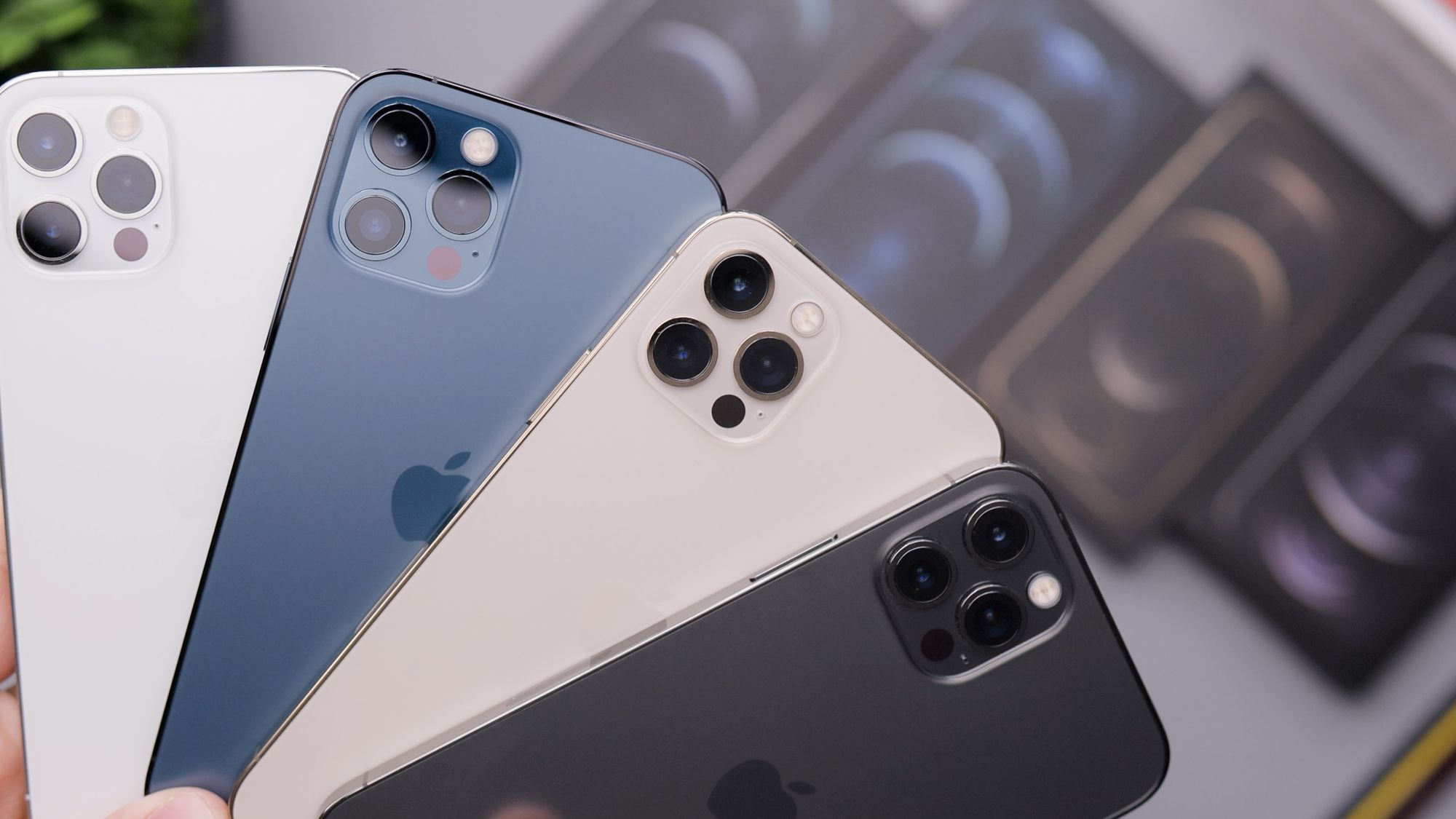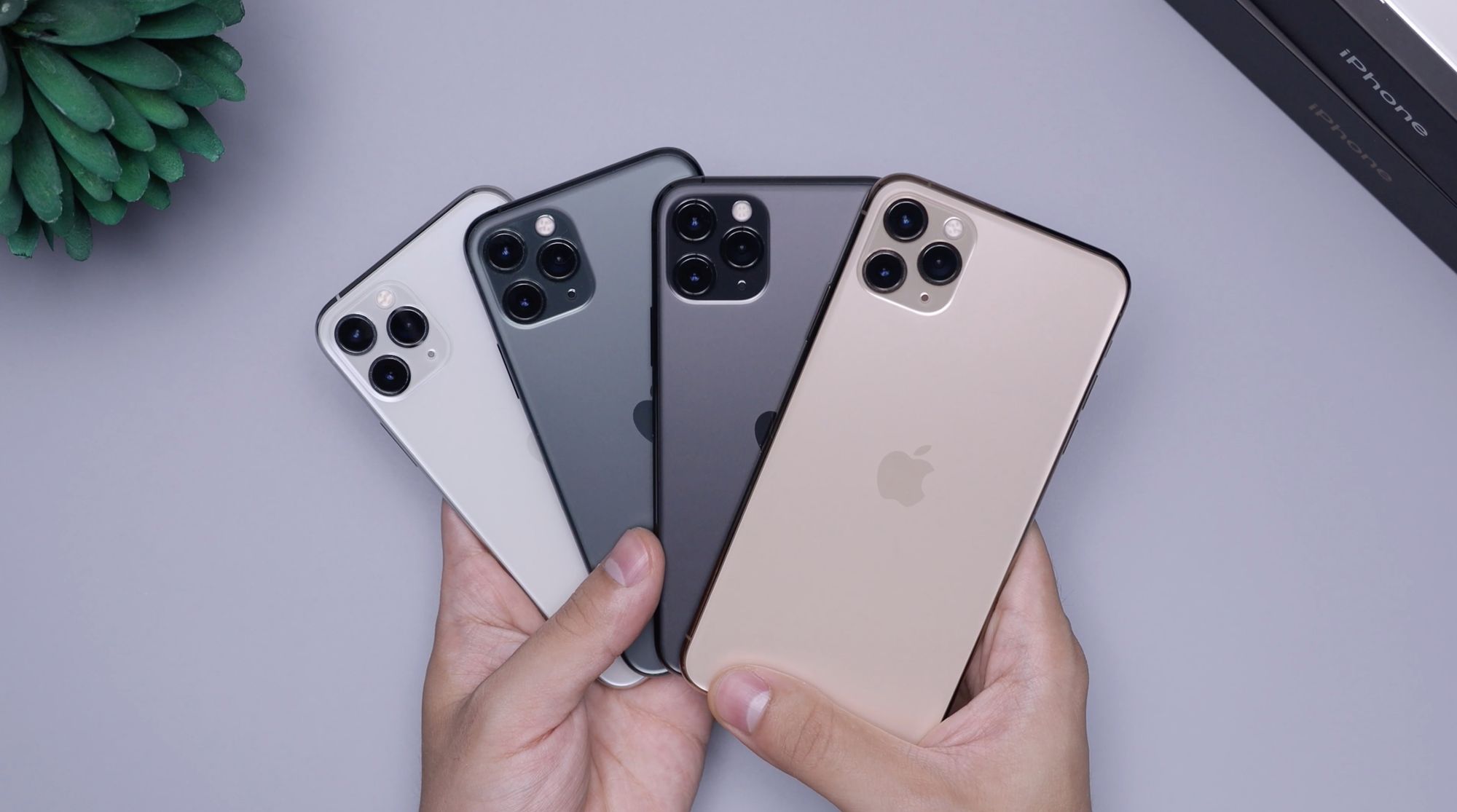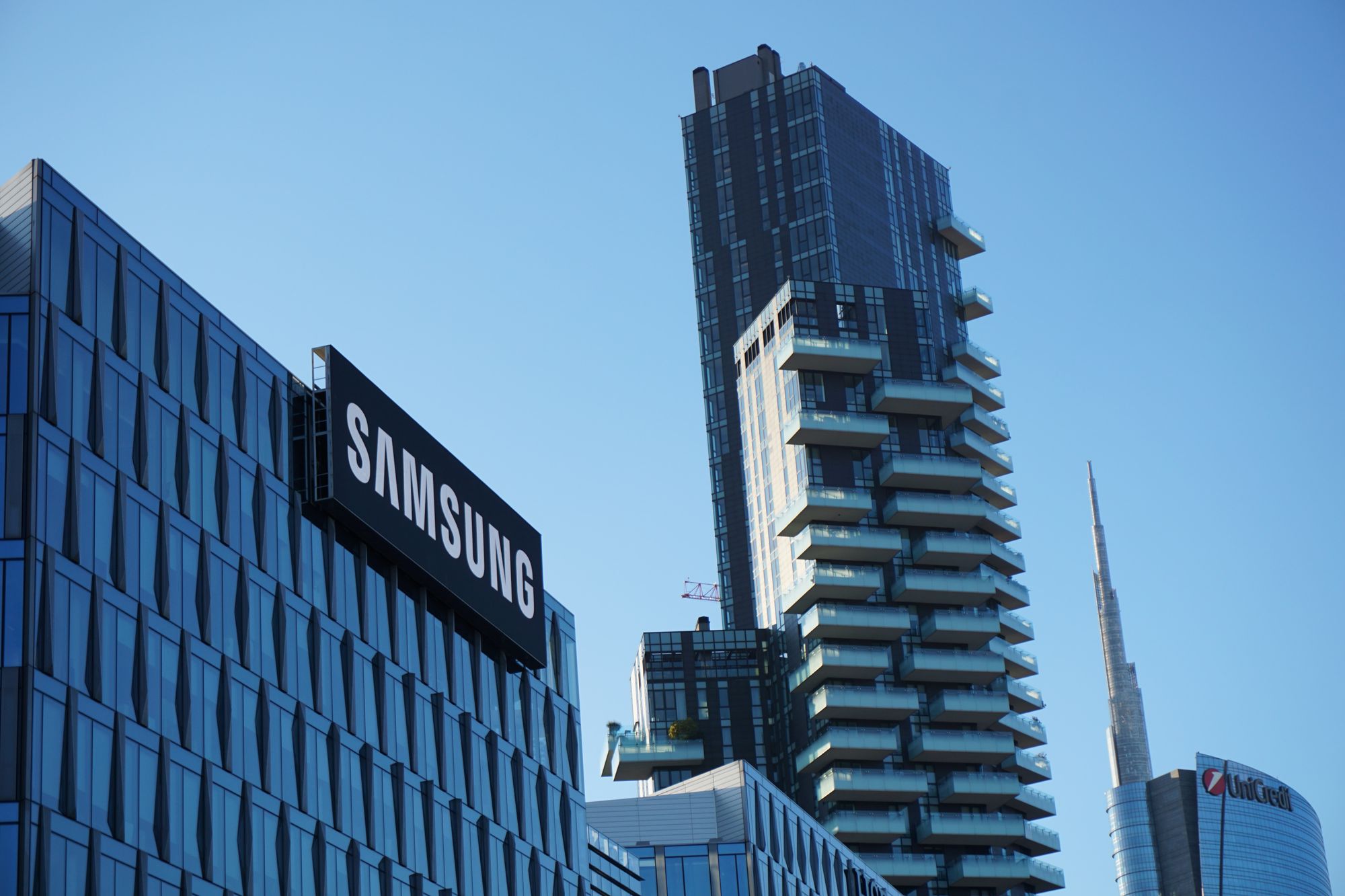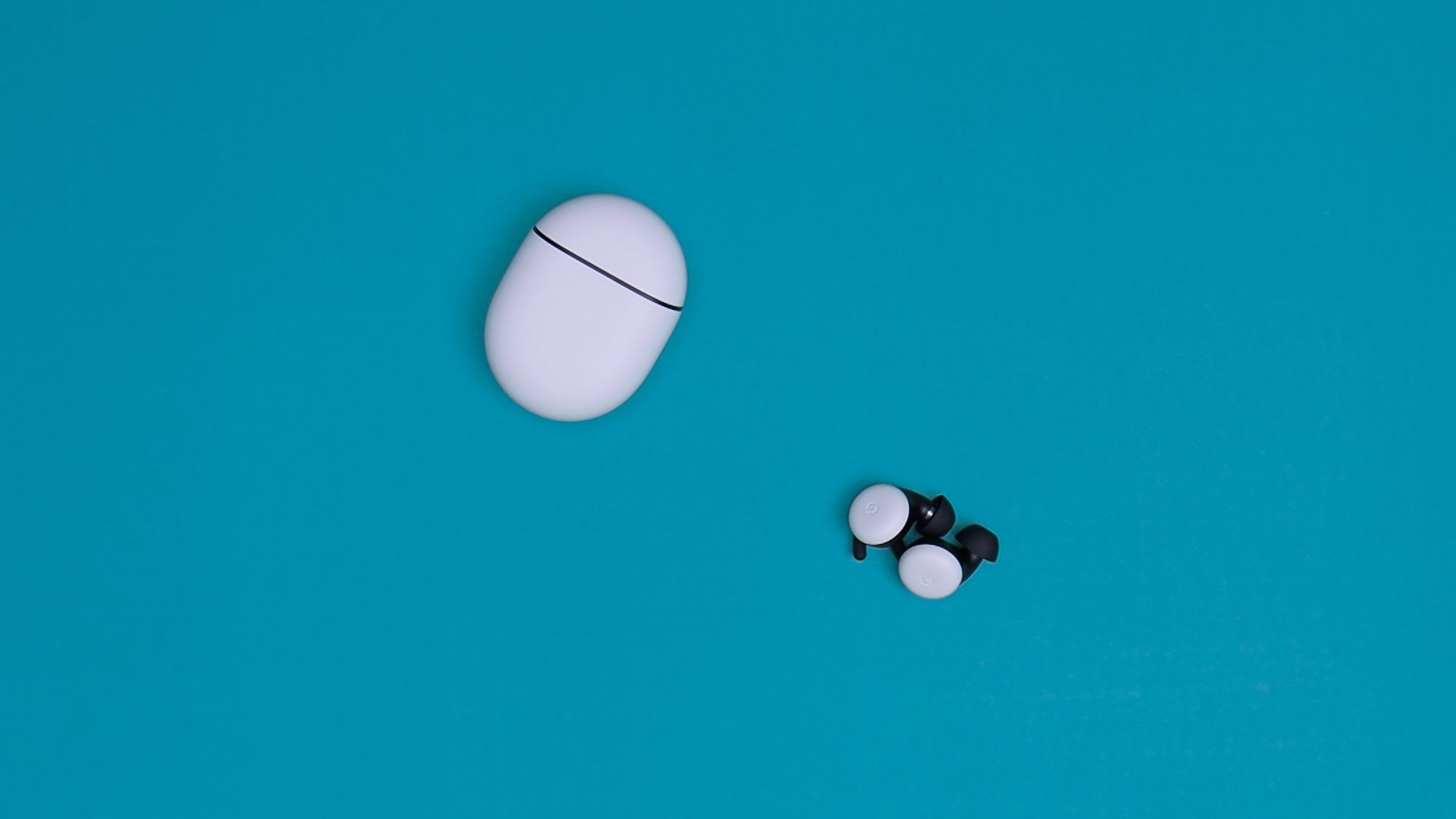Olympus Announces Google Project Glass Clone
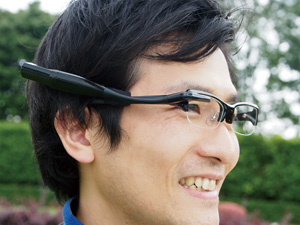
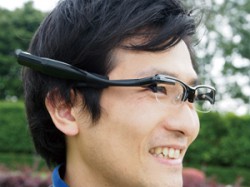 In just about a week after Google formally announced Google Glass, Olympus says they have a prototype of their own.
In just about a week after Google formally announced Google Glass, Olympus says they have a prototype of their own.
Olympus, who is best known for their cameras and camcorders, has just announced on Thursday that have a prototype of augmented reality glasses, the MEG 4.0, which is technically their third shot on the technology. They said that the device has a 320 by 240 resolution (similar to QVGA) located directly above the right eye of the user; which is similar to Google’s Glass. Though it may sound similar to Google’s Glass, the main difference is that the MEG4.0 connects to the user’s smartphone by the way of Bluetooth and that the head mounted display renders the information with Olympus’ proprietary Pupil Division Optical System.
Olympus says that the MEG4.0 includes a GPS and accelerometer to determine the orientation of the glass. Olympus also said that the glass is bright enough to use it outdoors. One thing that the Olympus does not have is a camera like Google’s Glass.
Olympus has released information to the press [Translated].
Olympus Corporation (President: Hiroyuki bamboo), the “(Meg 4.0) MEG4.0” ultra-compact wearable display prototype can be used in everyday life was developed. Equipped with Bluetooth ®, such as smart phones and wireless connection can be. In addition, at the same time to achieve a compact, lightweight, low power consumption, was also enables continuous use for a long time.
The Company has a research and development of wearable display than ever before. “MEG4.0” the newly developed prototype is that brings together the technology developed to date. See-through our own pupil division optical system The adoption of, you can see the display does not obstruct the view of the outside world naturally. In addition, the order to increase the utilization efficiency of light of the display panel, that achieves high brightness remains low power consumption, the visibility of the outdoors has been improved.
Consider the use in everyday life, we can combine the design mechanism and not easily detachable to glasses, of excellent wear by optimizing the balance weight, discomfort. Rather than a mere display, also has a built-direction acceleration sensor, interface and its application as a system using these operations, deployment to a wide range of applications in combination with GPS is possible.
The main features
- Assumes a long-term use in daily life, realizing a compact, lightweight, low power consumption
- Such as smart phones can be equipped with wireless connections with Bluetooth ®
- Proprietary optical technology, ensure the visibility of both the display and the outside world
- A built-in acceleration sensor orientation, can be applied to a wide range of applications
Although it sounds like Olympus randomly jumped into the game, this is not Olympus’s first attempt in the game. Olympus attempted this back in 2005 with glasses that displayed alerts about incoming emails and other information under the eye, and in 2008 when Olympus teamed up with Future Creation Laboratory and Human Media Lab to create a display that showed nearby things.
With Google in the game to push Olympus into joining in, do you think Olympus will succeed, or fall back into just blueprints and dev builds.

